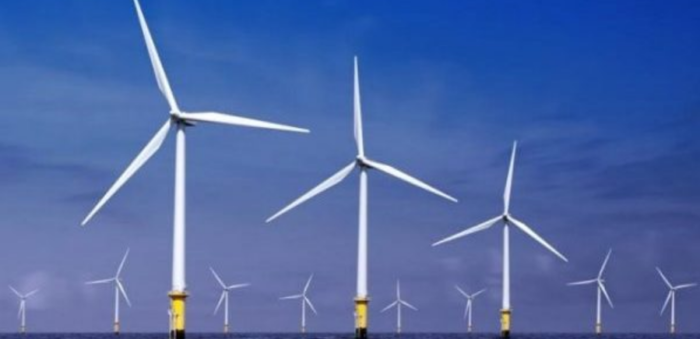DNV GL recently published a report focusing on the offshore sector and the aspects of it, providing an insight into all fields of the sector, from the offshore regulations that have been implemented, to the future of turbine technology, reporting that the growth of the sector depends on 12 key factors which influence the adoption of offshore wind.
This time, Peter C. Brun, who is currently working as a Global Offshore Wind Segment Leader in DNV GL, provides his insight into the regulations of the offshore sector, stating that due to the fact that the sector is highly regulated, it is a stable, affordable and sustainable energy in every economy and society.
Up to now, the governments and policy players have contributed in reducing risk by facilitating stable, transparent regulatory frameworks, reducing project risk by securing wind resource data, geotechnical studies and even grid connections and transmission to the projects, Incubating new technology development (with gradually reduced subsidies and offtake guarantees to the power grid) and followed by introducing open auctions which allow for more transparent international price competition from bidders/investors.
As Brun addressed
Wind turbines have gone into mass production, perhaps not on an automotive scale, but enough that supply chain numbers are helping to drive down costs
In addition, today the sector has also seen the development of loating offshore wind; Yet, DNV GL’s Magnus Ebbesen highlights that this trend is facing challenges, such as the cost, it also takes time so it will be a sector thriving in the future, as the industry will take time to understand the risks and give investors the assurances they need.
The last ten years of the offshore sector have seen more than 20 GW of offshore wind capacity connected to grids worldwide. The report indicates that in the next ten years, it will see about 130 GW installed.
When it comes to financing this kind of projects, the report states that the industry has managed to reduce cost with the levelized cost of energy (LCoE) for offshore wind halving in the last four years.
Therefore, the costs have declined, and the governments have reduced subsidies, leading to the first auctions won by “zero-subsidy bids”, where wind farms bid to sell their electricity at the wholesale price. More than 2.5 GW of zero-subsidy capacity has now been bid into European offshore markets.
Even with the spectacular cost reduction, zero-subsidy projects won’t be a universal phenomenon – at least not yet.
… commented Simon Cox, DNV GL’s Head of offshore projects.
DNV GL’s Fernando Sevilla Montoya added that today, European operational projects have reached an average lifetime of seven years, with over 50% surpassing the OEMs’ typical five-year warranty period. These early years have definitely shown that the industry can and is learning. So, what exactly has changed?
- access strategies
- technology development synergies
- lessons learnt, competition and self-performance
- new turbine generation
The development of the sector has centred mainly on Northern Europe; However, as technology is increasing the industry is facing extreme conditions that it has never had to consider before. Cyclone and earthquake zones pose great risks to the offshore industry. This follows the difficulty in setting a regulatory base around the design and the construction of offshore infrastructure for handling this kind of natural disasters.
By verifying that a project is being designed, built and operated according to accepted industry standards, certification ensures reliable quality, stable operation and proper risk management. This brings confidence for all stakeholders, helping the project to secure funding and regulatory go-ahead.
The potential scope of pre-certification activities is vast and depends greatly on the site-specific needs of the project. But by addressing issues with a very defined scope, pre-certification offers a cost- and time-effective way for developers to front-load any issue they feel may present a possible risk to their project’s success.
To explore more on the offshore wind industry click here.
































































